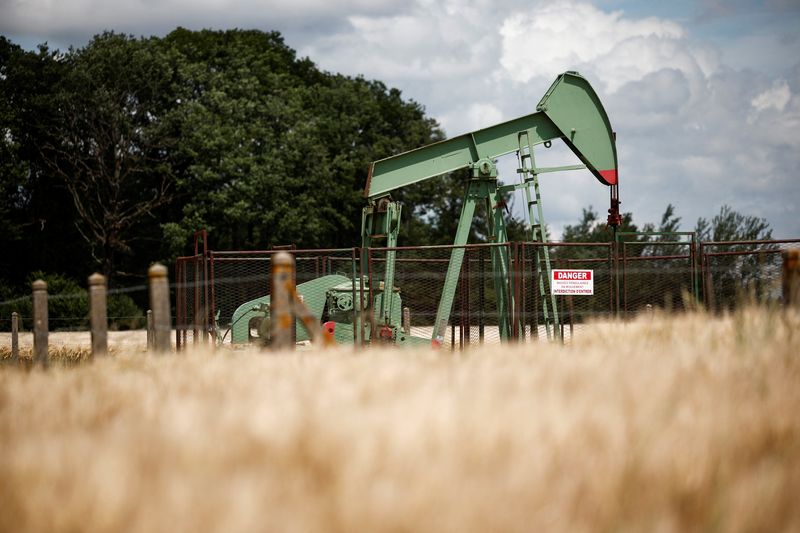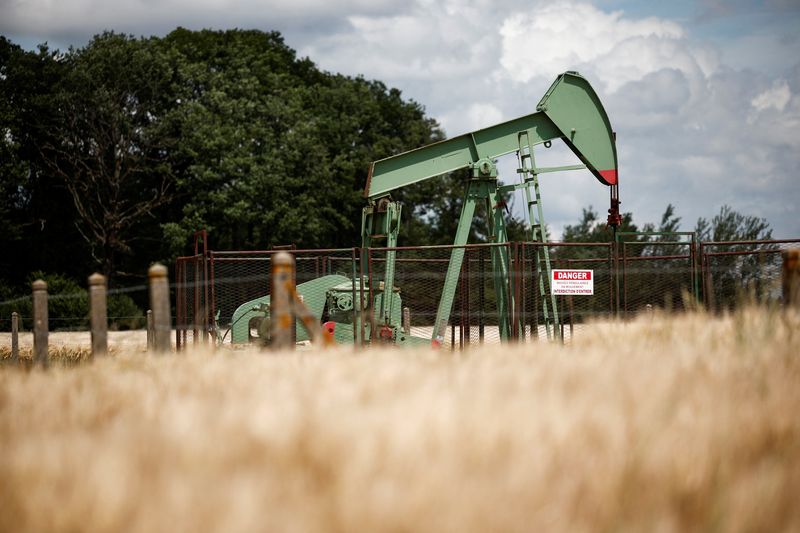
By Paul Carsten and Robert Harvey
LONDON (Reuters) – Oil prices edged up on Monday after fighting between Russia and Ukraine intensified over the weekend, although concerns about fuel demand in China and forecasts of a global oil surplus in 2025 capped price gains.
Brent crude futures were up 62 cents, or 0.87%, to $71.66 a barrel at 1357 GMT, while U.S. West Texas Intermediate crude futures were at $67.52 a barrel, up 50 cents, or 0.75%.
In a significant reversal of Washington’s policy in the Ukraine-Russia conflict, President Joe Biden’s administration has allowed Ukraine to use U.S.-made weapons to strike deep into Russia, two U.S. officials and a source familiar with the decision said on Sunday.
The Kremlin said on Monday that Russia would respond to what it called a reckless decision by Biden’s administration, having previously warned that such a decision would raise the risk of a confrontation with the U.S.-led NATO alliance.
“Biden allowing Ukraine to strike Russian forces around Kursk with long-range missiles might see a geopolitical bid come back into oil as it is an escalation of tensions there, in response to North Korean troops entering the fray,” IG markets analyst Tony Sycamore said.
There has been little impact on Russian oil exports so far, however oil prices could rise further if Ukraine targets more oil infrastructure, said Saul Kavonic, an energy analyst at MST Marquee.
In Russia, at least three refineries have had to halt processing or cut runs due to heavy losses amid export curbs, rising crude prices and high borrowing costs, according to five industry sources.
Russia unleashed its largest air strike on Ukraine in almost three months on Sunday, causing severe damage to the country’s power system.
Brent and WTI fell more than 3% last week on weak data from China, the world’s second-largest oil consumer, and after the International Energy Agency forecast that global oil supply would exceed demand by more than 1 million barrels per day in 2025, even if output cuts remain in place from OPEC+.

China’s refinery throughput fell 4.6% in October from last year and the country’s factory output growth slowed last month, government data showed on Friday.
Investors also fretted over the pace and extent of interest rate cuts by the U.S. Federal Reserve that have created uncertainty in global financial markets.
This post is originally published on INVESTING.



